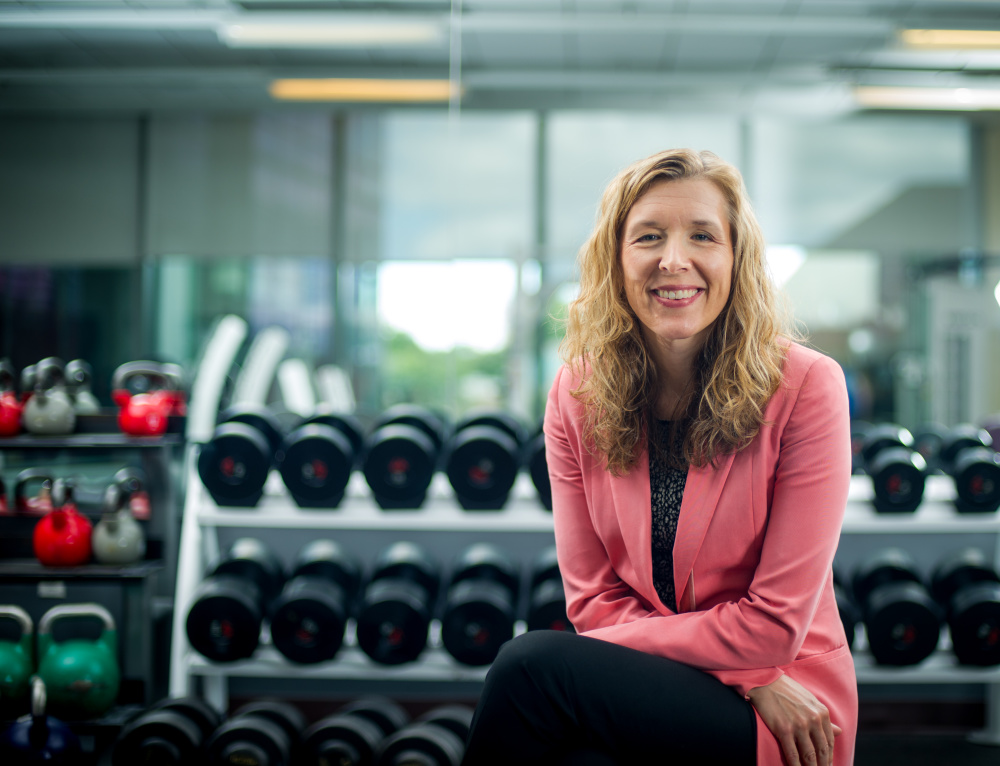Media reports on the effect of diet and physical activity on breast cancer risk can be head-spinning. One report may suggest that eating a particular food — broccoli, for example — can help prevent breast cancer. Another may conclude that a substance within that same food actually promotes the disease.
How can you sort out the often conflicting and competing claims? We asked Dana-Farber’s Jennifer Ligibel, MD, who leads research into whether physical activity and weight control can reduce the risk of developing breast cancer and lower the risk of recurrence.
Read the entire article
Ligibel advises news consumers to read beyond the headlines of newspaper, magazine, and web-based articles about breast cancer risk-reduction research. Headlines may convey the impression that research findings are definitive or conclusive, when in fact they’re only preliminary, based on studies in laboratory cell lines or animals, rather than human patients. The body of the article is likely to provide details about the stage of the research and its relevance to patients.
Pay attention to how the study was designed
Many studies linking diet and exercise to breast cancer are “observational,” meaning they ask large groups of women without breast cancer to report on what kind of foods they eat, what kind of exercise they do, and more. The studies then follow these women over years and track who gets breast cancer and who doesn’t. Although this kind of research can provide many clues about what kind of factors might cause breast cancer, it can be impossible to untangle the effects of a particular food or exercise. For example, if a study suggests that people who exercise regularly have a decreased risk of cancer, it’s worth remembering that such individuals are also less likely to smoke and more likely to follow a healthy diet.

Look at new claims with a critical eye
““New studies should always be looked at in the context of previous research,” Ligibel states. It is important to know if several studies have already been done focusing on the same factors. When the results of a new study diverge from what has been found in the past, it might be necessary to wait for more information.
When in doubt, use vetted sources for information
When people receive conflicting messages about cancer prevention—a prime example being coffee, which has been alternately praised for deterring cancer and blamed for promoting it—it’s understandable that they may respond by tuning out cancer-related nutritional and behavioral research altogether. That would be a mistake, Ligibel contends. Organizations such as the World Cancer Research Fund (WCRF) and the American Cancer Society offer guidelines for cancer prevention, which are based on data from a broad array of research studies. The guidelines offer a reliable list of do’s and don’ts to reduce cancer risk.
Food and cancer risk
The complexities of diet—the fact that people normally eat a variety of foods in a variety of amounts—makes it very difficult to isolate the cancer-promoting or -inhibiting effect of any particular dietary component or nutrient, Ligibel observes. A change in diet to increase consumption of certain foods inevitably involves a decrease eating other types of foods. Are any resulting health changes due to the increase, the decrease, or both?
With a few exceptions, there’s little evidence that consumption of any food or food group has an effect on cancer risk, Ligibel states. The exceptions include heavy consumption of alcohol, which has been linked to liver, head and neck, breast and colorectal cancer; red meat, which has been linked to colon cancer; and smoked meats, which can raise the risk of stomach cancer.
As a general rule, a healthy lifestyle involves a largely plant-based diet, including fruits, vegetables, and nuts; regular exercise and maintaining a moderate weight are also important. And ultimately, “if a cancer-prevention measure sounds too good to be true, it probably is,” Ligibel says.
